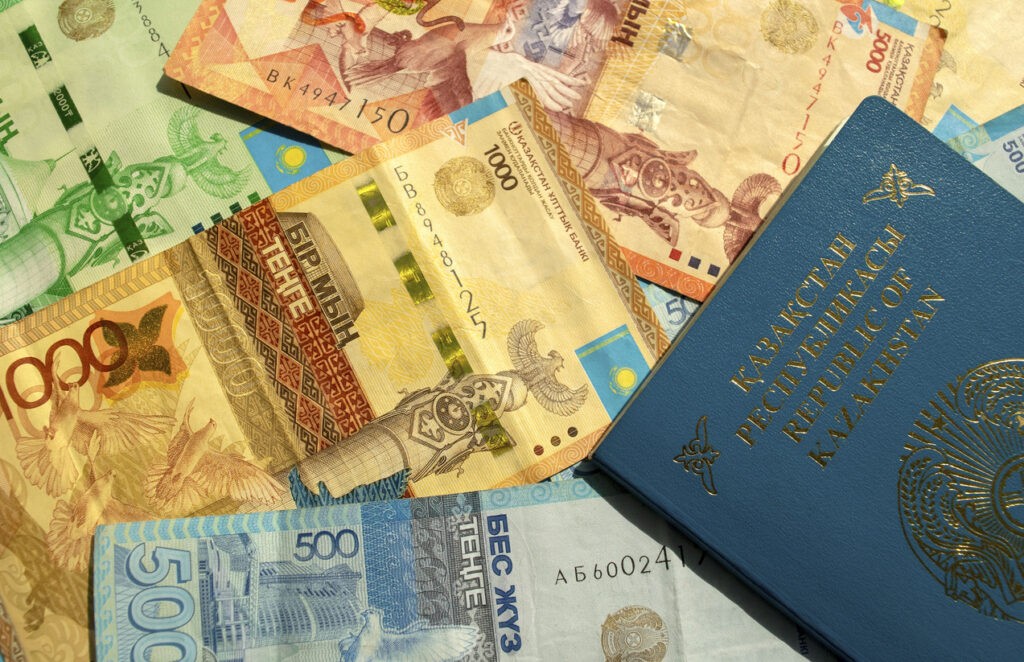Will Kazakhstan Manage to Save the National Fund?
Experts report that Kazakhstan's National Fund has seen cumulative withdrawals of $100 billion over the past decade. The sovereign wealth fund, managed by the National Bank of the Republic of Kazakhstan, has often been used to meet state needs. Despite this, with the National Fund for Children program set to launch in 2024, President Tokayev has instructed an increase in its assets. The National Fund was established in 2000 by a decree from former President Nursultan Nazarbayev. It consolidates state assets held in the national bank account of the Republic of Kazakhstan. The fund's income is derived from two sources: tax receipts from the oil and gas sector and earnings from managing its assets. Starting in 2024, the National Fund for Children program will receive 50% of the fund's annual income. Business analyst Abzal Narymbetov explained that the fund's initial influx came from the sale of a 5% stake in the Tengiz oil field for $660 million in 2001. At its inception, the fund was intended to benefit future generations. However, various crises and management errors have frequently forced the government to dip into what is often called the "people's piggy bank." Likening the National Fund to a similar structure in Norway, Narymbetov states that the fund's accumulation peaked at more than $70 billion in 2014. "Since then, the NF has diverted money to 'urgent current needs,' such as bailing out commercial banks, supporting national companies, and filling holes in the state budget. At the moment, less than $60 billion remains in the fund. Kazakhstan began accumulating oil money with the production of 0.8 million barrels in 2001. Norwegian and Kazakh oil production has been in the same range of 1.8-2.0 million barrels for the last eight years. In other words, Kazakhstan and Norway have been producing in the same range for the last eight years; however, we spend significantly more. "For example, the Norwegian Petroleum Fund (renamed the state pension fund) was established by the government in 1990. Money was first invested in 1996, but the first figures that can be traced are $23 billion in 1998. The oil money, in my opinion, has been wisely invested in different assets. As a result, it has reached a record level of $1.4 trillion today," said Narymbetov. The analyst pointed to research by economists indicating that if money from the National Fund of Kazakhstan had not been used for current spending needs, it would now exceed $150 billion. He also cited a study suggesting that if oil prices drop to $30 per barrel, the fund's reserves could be depleted within five years. Twenty years ago, Kazakhstan had high expectations for the National Fund, hoping it would act as a financial savior during crises and provide support for young citizens. In 2022, President Tokayev announced plans to increase the National Fund's assets to $100 billion. "Everything that rightfully belongs to the people of Kazakhstan will serve their interests. For this purpose, we will ensure effective fund management and enhance its investment income,"...


